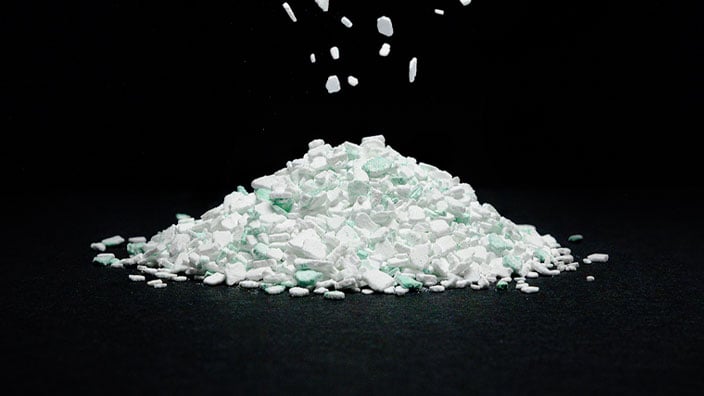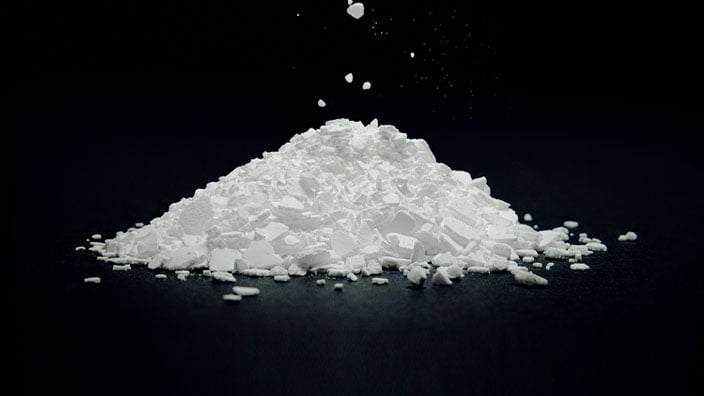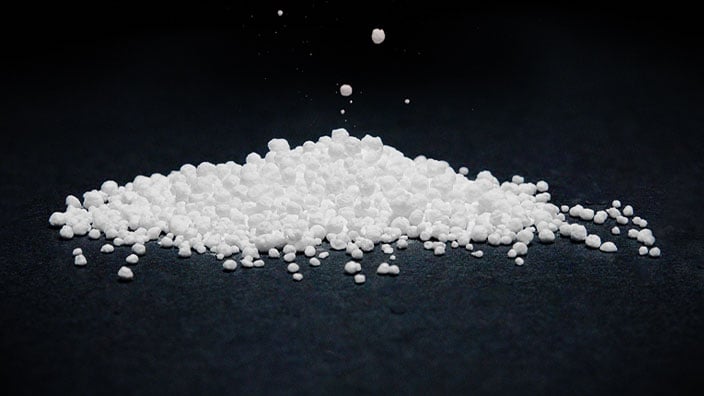Ice Melting: Sidewalks
Enjoy fast and highly effective ice melting—even at temperatures as cold as -25°F (-32°C)—to provide clear, safe sidewalks and entryways, increase pedestrian safety and help protect your business from slip-and-fall claims.
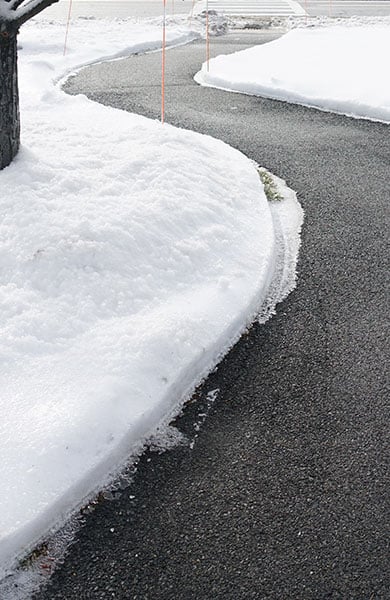
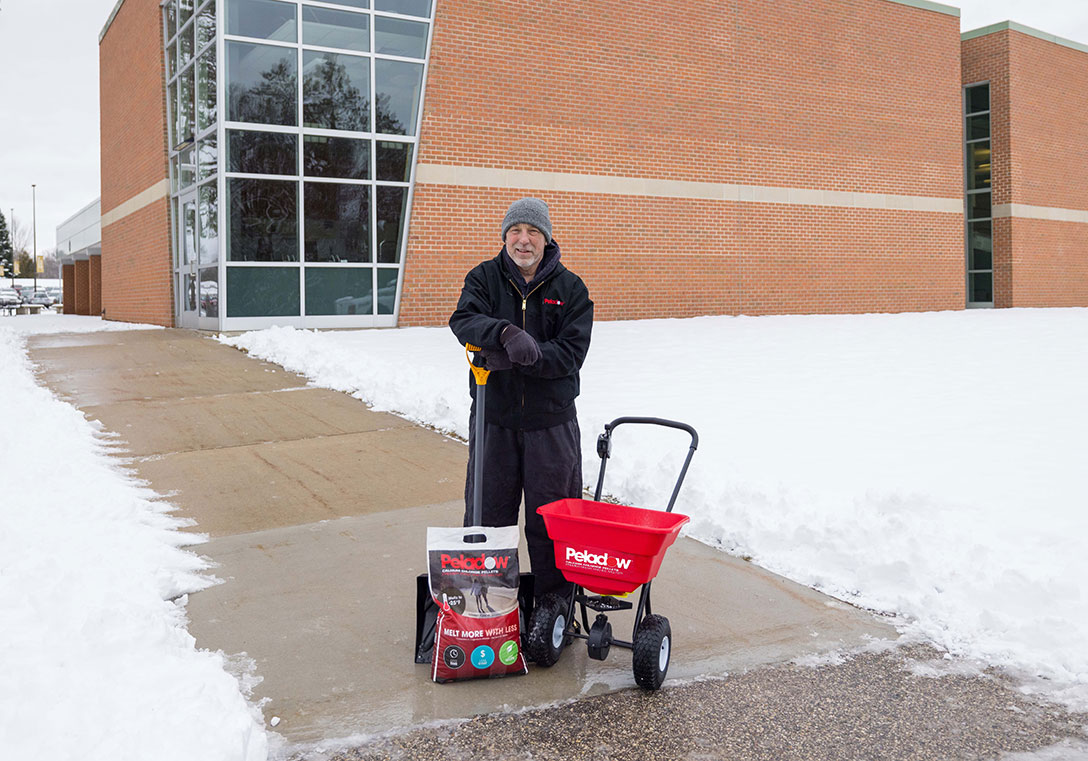
Where To Use
Calcium chloride sidewalk ice melting products from OxyChem provide fast and highly effective ice melting—even at temperatures as cold as -25°F (-32°C)—to increase pedestrian safety and help protect your business against costly slip-and-fall litigation and other claims.
With PELADOW®, you can melt 3X faster, use 40% less, and be kinder to the environment, when compared to magnesium chloride. Learn more about how to ![]()
